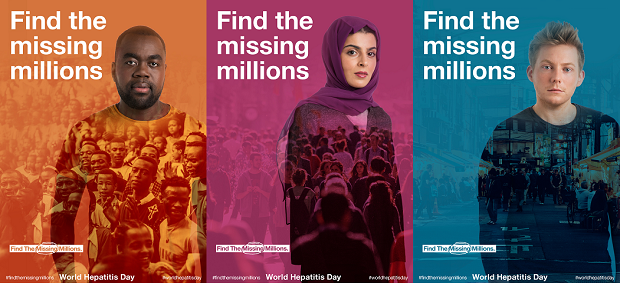
Viral Hepatitis is a major cause of mortality worldwide, with an estimated 1.3 million deaths each year. While effective vaccines exist for Hepatitis A and B, such a vaccine has yet to be developed for Hepatitis C Virus (HCV); instead treatment of the disease relies on antiviral medication.
A major challenge, then, is ensuring the patients who need these antivirals are identified. According to the Centers for Disease Control and Prevention, roughly half of people with HCV do not know they are infected. Even if patients are found, they are often among the most marginalized and vulnerable groups in society, for whom access to treatment can be very difficult.
When thinking about HCV, one of the most important groups to consider is people who inject drugs (PWID). In 2014, 68% of people with new HCV diagnoses reported having injected drugs. Sharing of injection equipment means that people with untreated HCV may infect their friends and acquaintances. A major barrier to reaching PWID is that the drugs in question are often illegal, which may make PWID reluctant to access healthcare or speak to authorities. Homelessness and poor mental health can also present challenges.
Another group that faces a similar HCV risk is the prison population. Prisoners are especially vulnerable to the blood-borne disease due to behaviors such as unprotected sex, tattooing with unsterilized equipment, and high levels of injection drug use. Reports estimate that globally 15% of the prison population is living with HCV, a prevalence which could rise as high as 28% in some countries, such as Iran.
16% of countries do not offer HCV treatment in prisons at all
This evidence makes clear that finding and treating prisoners with HCV should be a priority; however even in high-income settings like Europe, there is room for improvement. Recent research found that only 20% of European countries studied had HCV treatment available at all prisons, and 16% of countries do not offer treatment in prisons at all.
So how can improvements be made in identifying HCV in vulnerable populations and ensuring they get the treatment they need?
Harm reduction programs targeting hard-to-reach populations, which are already available to the population-at-large, could reduce HCV infections. In Europe, needle exchanges are a commonly used public health intervention. Yet only two countries, Spain and Romania, have needle-exchanges in all their prisons. If implemented more widely, these programs could help to limit the spread of blood-borne infections among prisoners.
Peer-support may improve patient engagement. Engaging effectively with marginalized groups like prisoners or PWID could improve patient buy-in to treatment. This could lead to better adherence to treatment, and more trust in healthcare providers. Peer-advocates, who themselves have experience of living with HCV, may be able to develop a unique rapport with hard-to-reach patients.
Finally, with more effective treatment available in the form of direct-acting antiviral drugs, treatment should be rolled out in a way which is convenient for the target population, removing barriers wherever possible. This could mean treatment services “piggy-backing” off other existing services, such as testing sites, needle exchanges, and STI clinics.
Prisoners should be supported not only during incarceration, but also upon release into the community, with access to treatment throughout. Governments and healthcare providers should also be mindful of other marginalized groups such as indigenous populations, migrants, and sexual minorities.
Comments